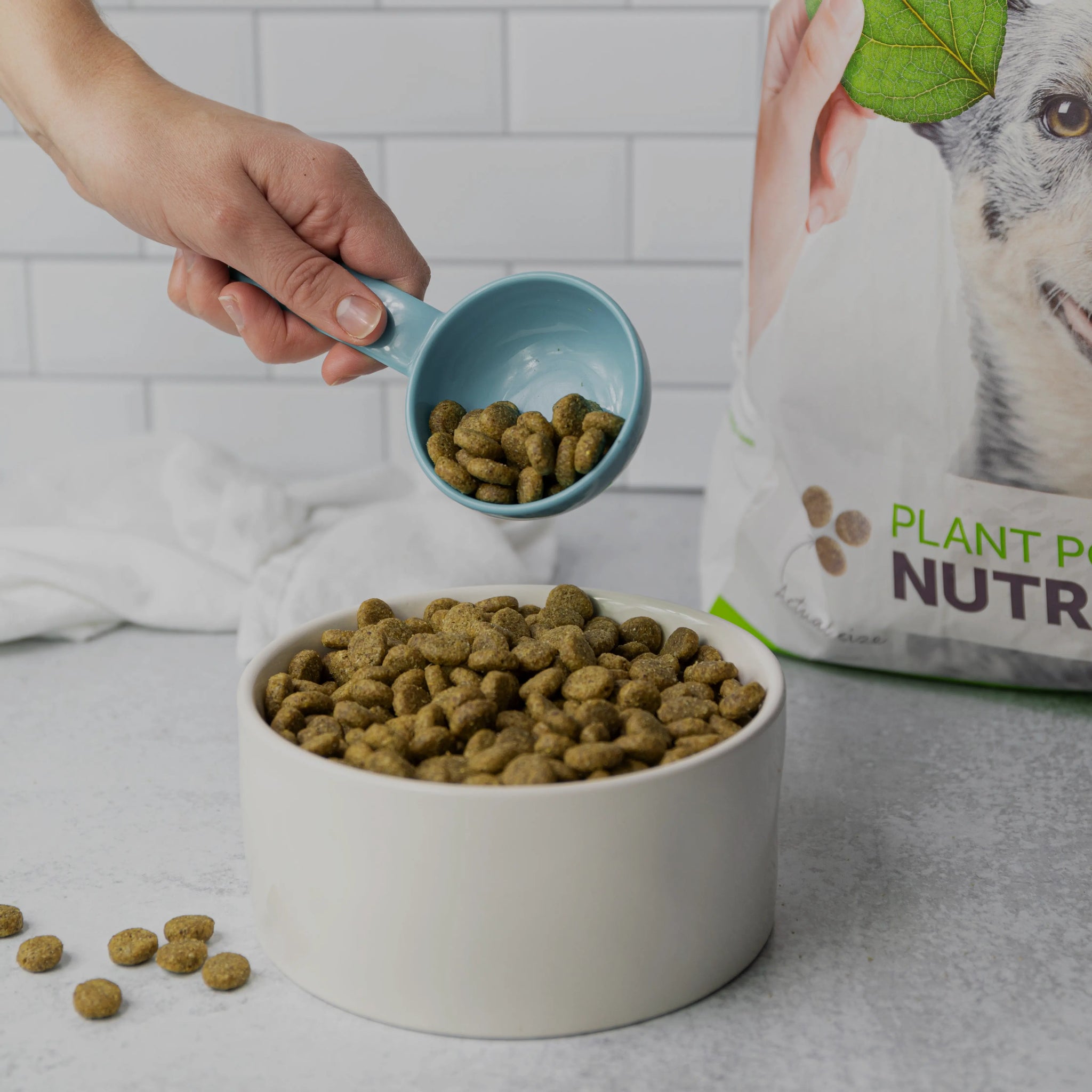Pulse of Information
Your source for the latest insights and updates.
Is Your Pet's Food Doing More Harm Than Good?
Discover the shocking truth about your pet's food—could it be harming their health? Find out how to keep your furry friend thriving!
Understanding the Ingredients: Is Your Pet's Food Safe?
When it comes to our furry friends, understanding the ingredients in their food is crucial for their health and well-being. Many pet owners often overlook the significance of ingredients and may not fully grasp what they are feeding their pets. It is essential to examine the ingredient list on pet food packaging, as certain components can have significant effects on your pet's health. Look for high-quality protein sources as the first ingredient, and avoid foods that contain fillers like corn, soy, or artificial preservatives. Ensuring your pet's food is free from harmful additives is the first step in determining if their food is safe.
Furthermore, it’s not just about what's in the food, but also understanding the source of those ingredients. Many manufacturers are now being transparent about where their ingredients come from, which is a positive trend for pet owners. Ingredients sourced from reputable suppliers and countries with strict safety regulations are typically more trustworthy. Keep an eye out for pet foods that are labeled with terms like 'human-grade' or 'made in the USA,' as these can be indicators of higher safety standards. By educating yourself about the ingredients and their origins, you can make informed choices that ensure your pet's food is both nutritious and safe.

Common Pet Food Additives That Could Harm Your Furry Friend
When it comes to pet food, not all additives are created equal. Some common pet food additives, such as BHA (butylated hydroxyanisole) and BHT (butylated hydroxytoluene), are often used as preservatives but have been linked to potential health risks in pets. These synthetic compounds can accumulate in your pet's system, possibly leading to issues such as liver damage or even cancer over time. Another ingredient to watch out for is propylene glycol, a synthetic liquid used to retain moisture in pet foods, which can be toxic to dogs and cats in large amounts. Always check the ingredient list on your pet's food before purchasing.
Artificial colors and flavors are also prevalent in many commercial pet foods. Ingredients like Red 40 and Yellow 5 may make the food more visually appealing, but they can cause allergic reactions or hypersensitivity in some pets. Additionally, be cautious of meat by-products, which might sound nutritious but can comprise low-quality ingredients that your pet may struggle to digest. It's essential to prioritize your furry friend's health by investigating and understanding what goes into their meals, ensuring their diet supports their overall well-being.
How to Choose the Right Food for Your Pet's Health
Choosing the right food for your pet's health is crucial to ensure they live a long, happy, and active life. First and foremost, you should consider your pet's age, size, and specific health needs. Consulting with a veterinarian can provide personalized recommendations based on your pet's unique requirements. Additionally, look for reputable brands that use high-quality ingredients, avoiding products with artificial fillers and preservatives that can lead to health issues over time.
Next, be mindful of the nutritional content in the food you select. A balanced diet for pets should include proteins, fats, carbohydrates, vitamins, and minerals. Reading labels can be daunting, but a good practice is to look for products that list whole meat sources as the first ingredient. Moreover, consider your pet's specific dietary preferences or restrictions, such as grain-free alternatives or special formulations for sensitive stomachs. By paying close attention to these factors, you'll be better equipped to make an informed decision about your pet's nutrition.